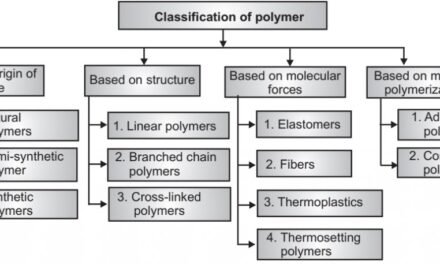Oil companies strategically make petrochemical investments during the energy transition to diversify revenue streams, capitalize on market demand, and align with sustainability goals. Here’s how they approach these investments:
1. Leveraging Existing Infrastructure:
- Oil companies utilize their refineries and upstream assets to produce feedstocks like naphtha, ethane, and propane for petrochemicals, optimizing costs and resources.
2. Building Integrated Complexes:
- Investments focus on integrated refinery-petrochemical complexes, which allow seamless production of fuels and high-value petrochemicals, maximizing operational efficiency.
3. Expanding into High-Demand Markets:
- Companies target markets with growing demand for petrochemical products, particularly in Asia-Pacific, where industrial and consumer goods sectors are expanding rapidly.
4. Diversification to Offset Declining Fuel Demand:
- With transportation fuel demand projected to decline due to electric vehicles and renewables, petrochemicals provide a stable alternative revenue source through products like plastics, packaging, and synthetic materials.
5. Investing in Specialty Chemicals:
- Oil companies are acquiring or partnering with specialty chemical firms to enter niche markets, such as high-performance materials, healthcare, and electronics.
6. Commitment to Sustainability:
- Investments in “green” petrochemicals made from bio-based or recycled feedstocks help meet environmental regulations and appeal to eco-conscious consumers.
- Advanced recycling technologies, such as chemical recycling of plastics, are being developed to support circular economy models.
7. Partnership and Joint Ventures:
- Collaborating with chemical industry leaders allows oil companies to gain expertise, reduce risks, and accelerate entry into petrochemical markets.
8. Adoption of Advanced Technologies:
- Utilizing digital tools like AI and process optimization for energy-efficient petrochemical production.
- Incorporating catalytic and process innovations to enhance yields and reduce emissions.
9. Focus on Value-Added Products:
- Prioritizing products like high-performance polymers, adhesives, and coatings that offer higher profit margins compared to bulk chemicals.
10. Strategic Mergers and Acquisitions:
- Oil companies acquire established petrochemical players to expand their market share and product portfolios.
11. Long-Term Growth Perspective:
- Petrochemical investments are seen as a hedge against volatile oil demand, providing consistent growth opportunities even as the energy transition progresses.

















